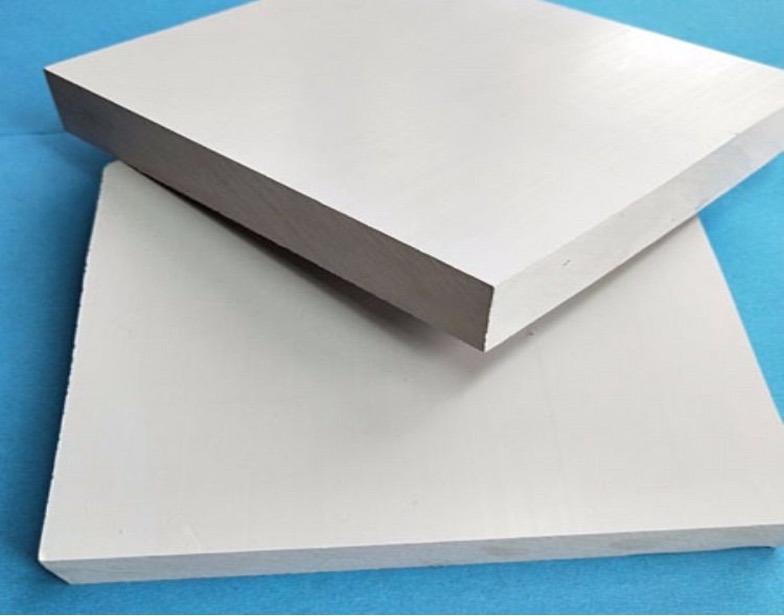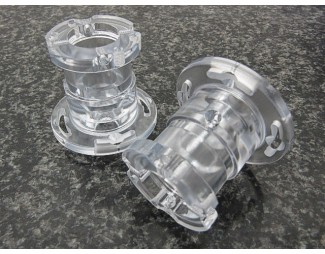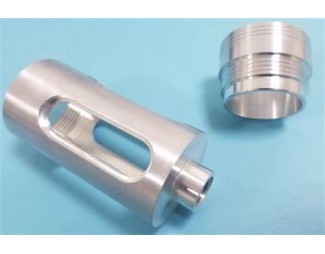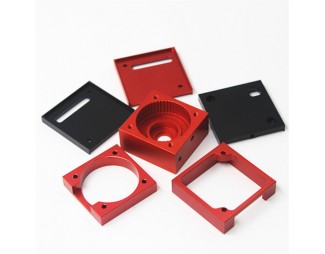What are the grades of prototype flame retardant materials ?
There are currently two mainstream prototyping methods, one is 3D printing, also known as SLA or SLS, and the other is CNC processing. In terms of cost, 3D printing is more advantageous, but why do many manufacturers still choose CNC prototyping? Woolen cloth? The main reason is that the materials are richer and the physical properties of the materials are closer to the final mass production results. Today's mainstream engineering plastics such as ABS, PC, PA and other CNC prototypes have a very complete range of plates, especially fireproof or high-temperature resistant materials, which are unmatched by 3D printing.
Today we will talk about the plastic fireproof materials commonly used for prototypes. Fireproof materials are divided into many grades. The most common ones are divided into four grades: HB, V-2, V-1, and V-0. Each of them has different characteristics. Let’s briefly introduce them. The first type HB: the lowest flame retardant grade in the UL94 standard. It is required that the burning speed is less than 40 mm per minute for samples 3 to 13 mm thick. This kind of material can be achieved by general prototyping materials, so customers rarely require this grade. Second type V-2: After two 10-second burning tests on the sample, the flame goes out within 30 seconds, for samples less than 3 mm thick, the burning speed is less than 70 mm per minute, or goes out before the 100mm mark, There may be burning objects falling. This material seems to have poor flame retardancy and is rarely used in the prototyping industry. If customers have flame retardant requirements for materials, they will not choose this grade of material for prototyping. The third type V-1: After two 10-second combustion tests on the sample, the flame is extinguished within 30 seconds, and no burning objects can fall. This material is also widely used in the shell and base of electric kettles, coffee pots, juicer shells, etc. The fourth type V-0: After two 10-second combustion tests are conducted on the sample, the flame is extinguished within 10 seconds, and no burning objects can fall. This kind of material is also very common in the prototyping industry, such as flame-retardant ABS, which is light beige and whiter than ordinary ABS. There is also flame-retardant PC, which is black and often used in charger prototypes, battery stove prototypes, lamp prototypes, and security prototypes. From the above introduction, we can know that HB has the lowest fire protection level and V-0 has the highest fire protection level. For general customers who have requirements for fire protection and flame retardancy, it is best to choose UL94 V-0 level. Prototypes made of this level of material are used for fire protection. Testing is safer and more reliable.
If you have any prototyping project, please contact us to get free quote: enquiry@abcrapid.com.

Search
Recent Post













